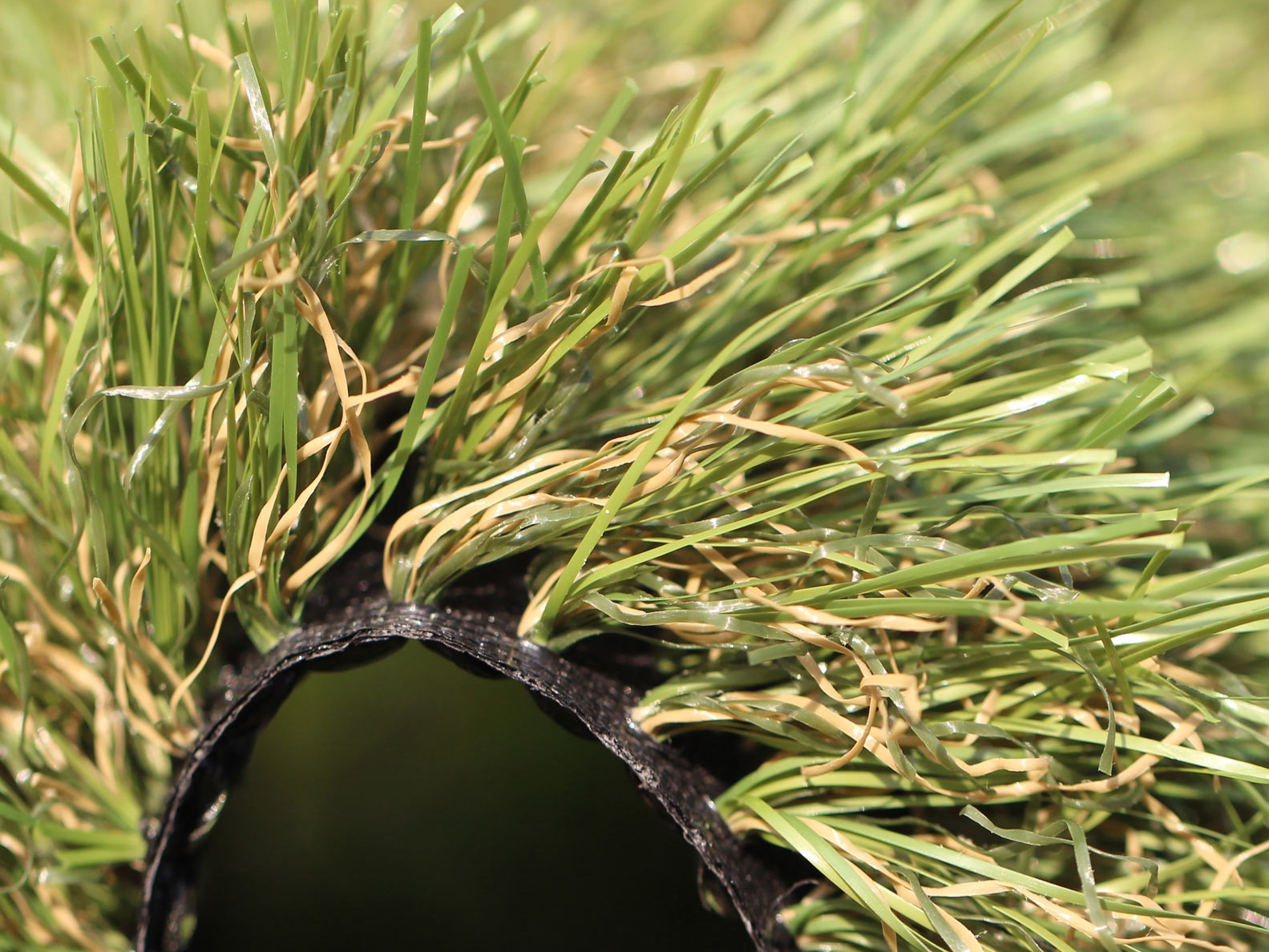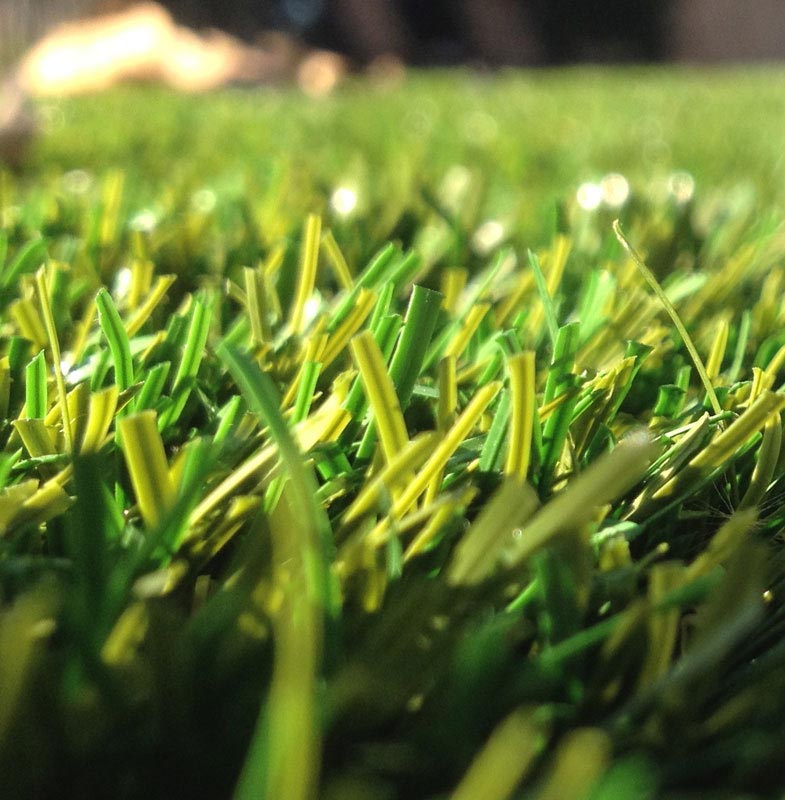See Why Homeowners Prefer Synthetic Grass for Lasting Landscape Design Practices
As homeowners progressively prioritize sustainability in landscaping, fabricated lawn has actually arised as an engaging alternative to typical turf. What remains to be discovered is the full extent of advantages that artificial lawn can offer to home owners and the environment alike.
Water Conservation Benefits
One of the most considerable benefits of artificial grass is its role in water preservation. In contrast, synthetic turf removes this need completely, as it does not call for irrigation.
Additionally, the installation of fabricated lawn can add to an extra lasting landscape. Home owners can significantly lower their water costs, enabling reallocation of sources to various other environmental initiatives or household uses. Additionally, fabricated lawn is made to stand up to numerous climatic conditions without the need for supplementary watering, making it an ideal selection for areas dealing with water shortage.
The environmental advantages expand beyond immediate water savings. By lowering water usage, synthetic grass assists to reduce the impacts of environment adjustment, protecting crucial ecological communities that are endangered by extreme water removal. As lasting landscape design practices gain traction, synthetic grass emerges as an accountable choice for home owners seeking to develop green outside rooms.
Minimized Upkeep Efforts
Fabricated grass significantly minimizes maintenance efforts contrasted to conventional turf yards. With artificial lawn, homeowners can get rid of the time-consuming tasks linked with natural landscaping, such as mowing, feeding, and weeding. This not only saves beneficial time but additionally reduces physical labor, making yard treatment available for people of all ages.
One of one of the most notable advantages is the lack of normal mowing. Conventional yards call for frequent trimming to preserve an aesthetically pleasing height, whereas synthetic grass remains constantly lavish without the demand for cutting. Furthermore, home owners no more need to apply pesticides or fertilizers, which are usually required to keep natural turf healthy and balanced. This change not only lightens the work yet likewise promotes a neater, a lot more consistent appearance year-round.
Furthermore, artificial grass is durable and sturdy, requiring minimal upkeep beyond occasional brushing and washing to eliminate particles. This ease of maintenance allows homeowners to enjoy their outdoor spaces without the continuous concern of maintenance, giving more time for leisure and family tasks. Inevitably, the lowered upkeep initiatives associated with synthetic grass make it an enticing alternative for those seeking a low-maintenance, visually appealing landscape.

Environmental Influence Decrease
There is an expanding acknowledgment of the environmental benefits related to synthetic grass, specifically in regards to water conservation and lowered chemical use. Traditional lawns need considerable amounts of water, specifically in drought-prone regions, bring about raised pressure on neighborhood water sources. In contrast, man-made grass gets rid of the requirement for watering, significantly minimizing water intake and advertising sustainability.
Furthermore, traditional grass maintenance usually involves the application of pesticides, herbicides, and fertilizers, which can add to dirt and water air pollution. Synthetic grass reduces this environmental hazard by calling for minimal upkeep and practically eliminating the requirement for damaging chemicals. This not just improves soil wellness but additionally protects neighborhood ecosystems from hazardous overflow.
Moreover, the manufacturing of all-natural lawn yards typically involves using fossil gas for mowing and landscaping tools, additional adding to greenhouse gas emissions. By picking synthetic grass, home owners can substantially lower their carbon footprint linked with yard treatment activities.
Visual Charm and Versatility
Along with its environmental advantages, fabricated grass supplies substantial visual charm and adaptability for landscaping. House owners can achieve a lavish, eco-friendly appearance year-round, getting rid of the seasonal fluctuations frequently related to all-natural grass. This consistent visual not just enhances the aesthetic allure of a building but additionally contributes to a polished and well-maintained look.
Furthermore, synthetic grass is available in a selection of styles, structures, and colors, permitting personalization to fit specific choices and layout themes - Phoenix turf companies. Whether used in domestic gardens, commercial rooms, or leisure areas, it can flawlessly integrate into diverse landscape design designs, from modern minimalist to lush exotic settings
The convenience of artificial turf prolongs beyond simple appearance; it can be mounted in different places, including roofs, outdoor patios, and even indoor areas, creating possibilities for distinct landscaping services. Additionally, it appropriates for a series of activities, from children's play areas to pet-friendly environments, offering performance without compromising design.
Eventually, the aesthetic appeal and convenience of synthetic grass make it an appealing option for property owners looking for sustainable landscaping services that do not give up appeal for environmental responsibility.

Long-Term Expense Cost Savings
One of the most compelling advantages of fabricated lawn is its capacity for long-lasting expense savings. Unlike natural yard, which calls for normal upkeep-- consisting of mowing, watering, find out this here fertilizing, and insect control-- artificial lawn dramatically minimizes these continuous expenses.
Additionally, fabricated grass has a lifespan of 15 to 25 years, depending on its quality and use. This toughness lessens replacement costs, making it an extra cost-effective choice in the future. In addition, the preliminary investment in artificial lawn can typically be recovered via the cost savings accumulated over time.
While the ahead of time cost may appear greater compared to sod installation, the cumulative cost savings from minimized maintenance and water use Find Out More usually outweigh these preliminary expenditures. Eventually, the adoption of synthetic lawn not only promotes a sustainable landscape design remedy yet additionally offers house owners a financially wise option that aligns with lasting budgeting objectives.
Conclusion
Synthetic grass becomes an engaging alternative for lasting landscape design, using considerable advantages in water conservation, reduced maintenance initiatives, and lessened ecological effect. Its aesthetic appeal and versatility enhance the aesthetic landscape while lining up with contemporary sustainability goals. Lasting price financial savings add to its good looks for homeowners. As communities increasingly focus on eco pleasant techniques, the fostering of man-made grass represents a modern step toward achieving sustainable and resistant landscapes.
In addition, artificial lawn is developed to endure various climatic problems without the demand for extra watering, making it a suitable choice for regions encountering water shortage. (Turf installation phoenix az)

Man-made grass arises as an engaging choice for lasting landscape design, using considerable advantages in water conservation, decreased upkeep initiatives, and reduced environmental impact.